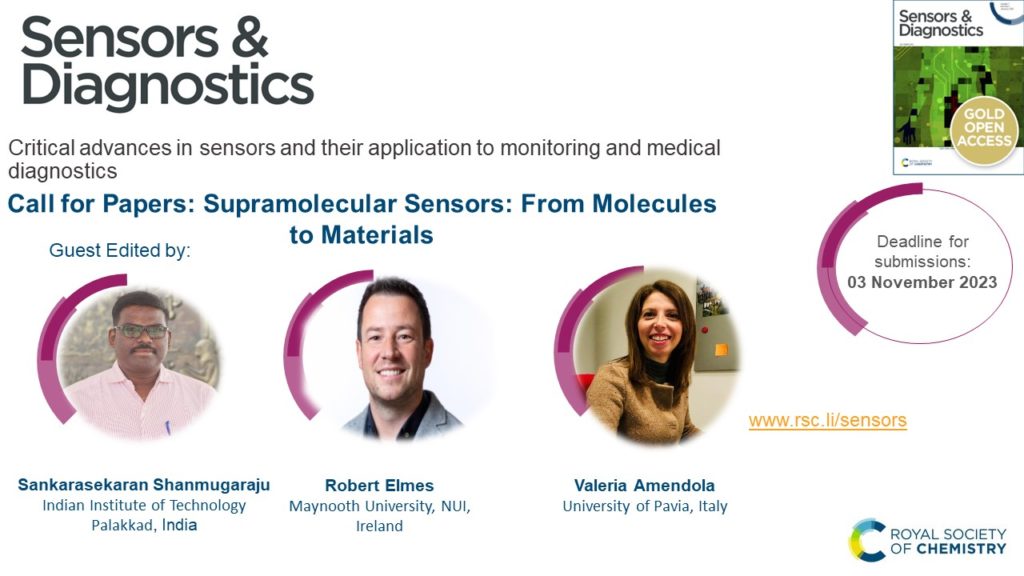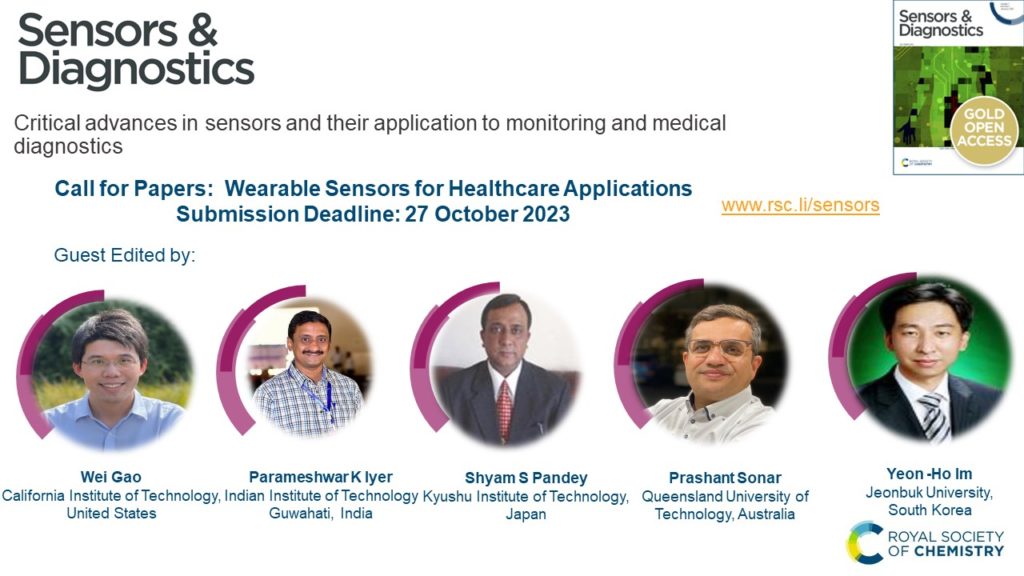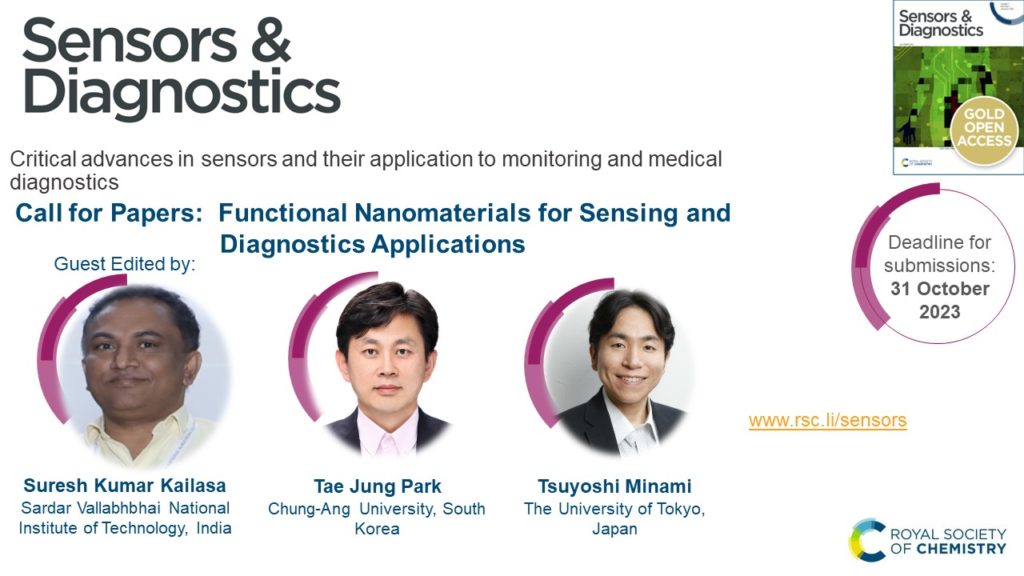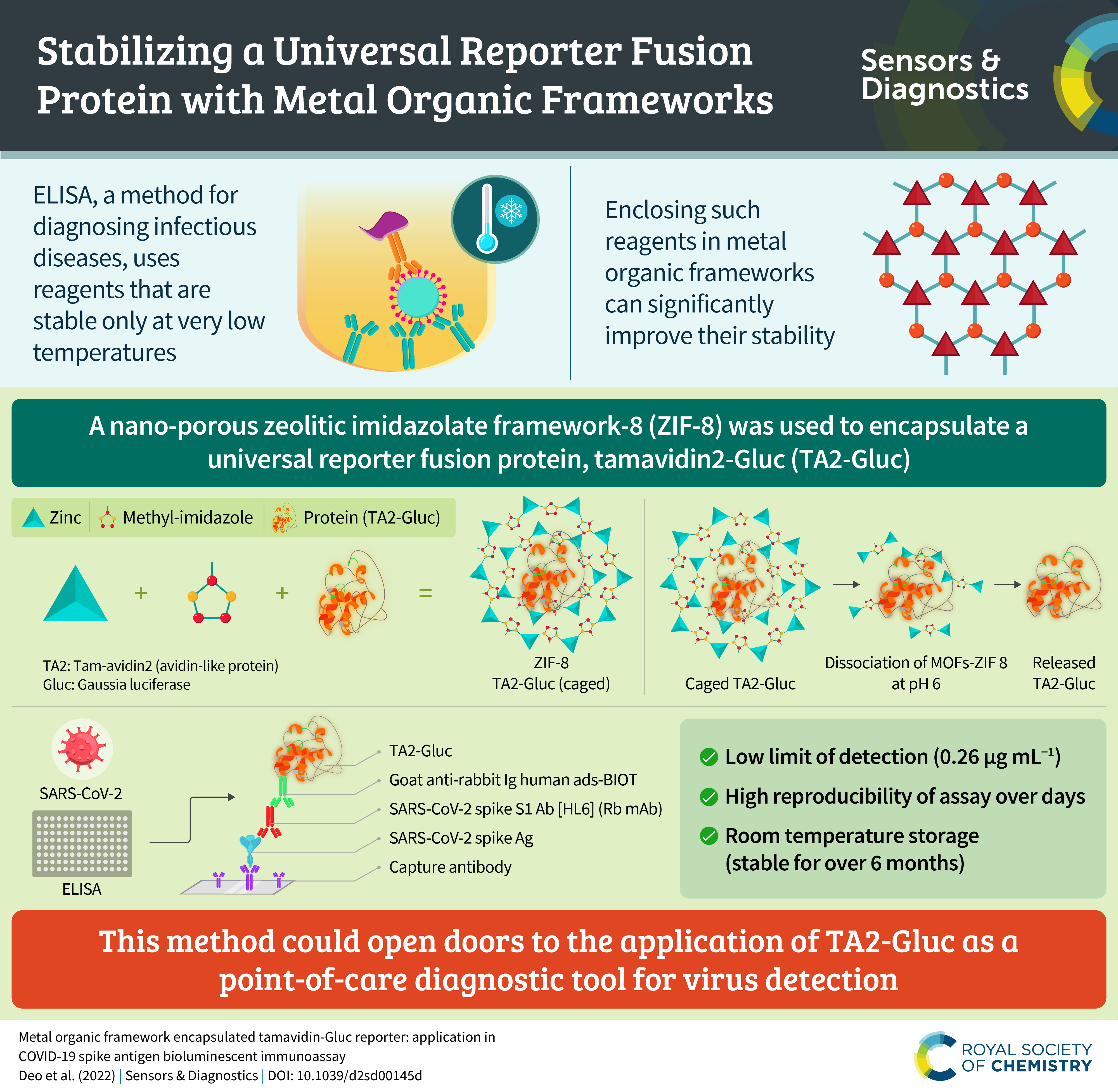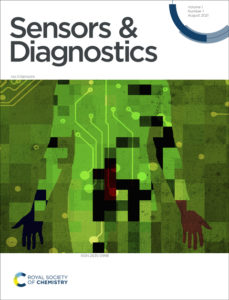We are delighted to introduce our Advisory Board for Sensors and Diagnostics!
The Sensors and Diagnostics Advisory Board is made up of outstanding researchers on emerging research on physical, chemical and bio sensors, sensor devices and systems. All of them contribute to the journal as reviewers and writers, provide strategic feedback, and act as community advocates. Learn more about our entire Editorial and Advisory Boards on our website and get to know our newest Advisory Board members and some of their research samples below
Meet our new Advisory Board members:

Sabrina Conoci
University of Messina, Italy
Her research activity embraces the design, preparation and characterization of multifunctional nanostructured systems, advanced biotechnologies, Platform Systems Development and innovative Materials for medical and diagnostic devices nanostructured systems, advanced biotechnologies, Platform Systems Development and innovative Materials for medical and diagnostic devices.

Sankarasekaran Shanmugaraju
Indian Institute of Technology Palakkad, India
The central theme of his research is the rational design and synthesis of novel structures, functional materials, and porous polymers for sustainable energy, environment, and biomedical applications.

Elisa Michelini
University of Bologna, Italy
Professor Michelini has over 20 years’ experience in the development of biosensors based on optical detection for clinical diagnostics.

Mahesh Kumar
Indian Institute of Technology Jodhpur, India
His research interests are focused on 2D materials, Nanomaterials, Sensors, Semiconductor materials and devices.
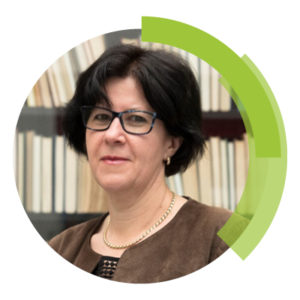
Eva Toth
Centre for Molecular Biophysics, CNRS, France
Dr Jakab Toth is a specialist of the conception and characterization of metal complexes for bioimaging applications.

Suresh Kumar Kailasa
Sardar Vallabhbhai National Institute of Technology, India
His research interest are in the field of analytical chemistry, MALDI-MS, ESI-MS, microextraction, nanosensors, drug delivery, surface modifications of nanostructure materials, among others.

Igor Medintz
U.S. Naval Research Laboratory, USA
His research interests include how nanoparticles engage in energy transfer and how biological processes are altered at a nanoparticle interface.

Agata Michalska
University of Warsaw, Poland
Her research is focused on understanding principle and mechanism of operation of ion-sensors.

Raffaele Velotta
University of Naples “Federico II”, Italy
Currently, his research is devoted to developing plasmonic immunosensors with colorimetric or fluorescence (plasmon enhanced fluorescence) readout

Tony James
University of Bath, UK
His research focuses on supramolecular chemistry, including probes for redox imbalance and theranostic systems.

Sylvia Daunert
University of Miami, USA
Her research focuses on the development of biomaterials and nanocarriers for targeted, controlled, and responsive drug delivery systems.
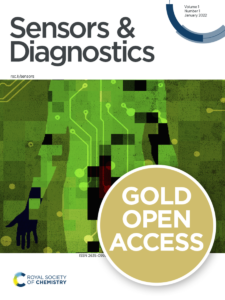
Please join us in welcoming all of our new Advisory Board members to Sensors and Diagnostics!
Sensors and Diagnostics is open for submissions. Find out more on the journal webpage, sign up for email alerts or submit your manuscript now.
Comments Off on Introducing our new advisory board
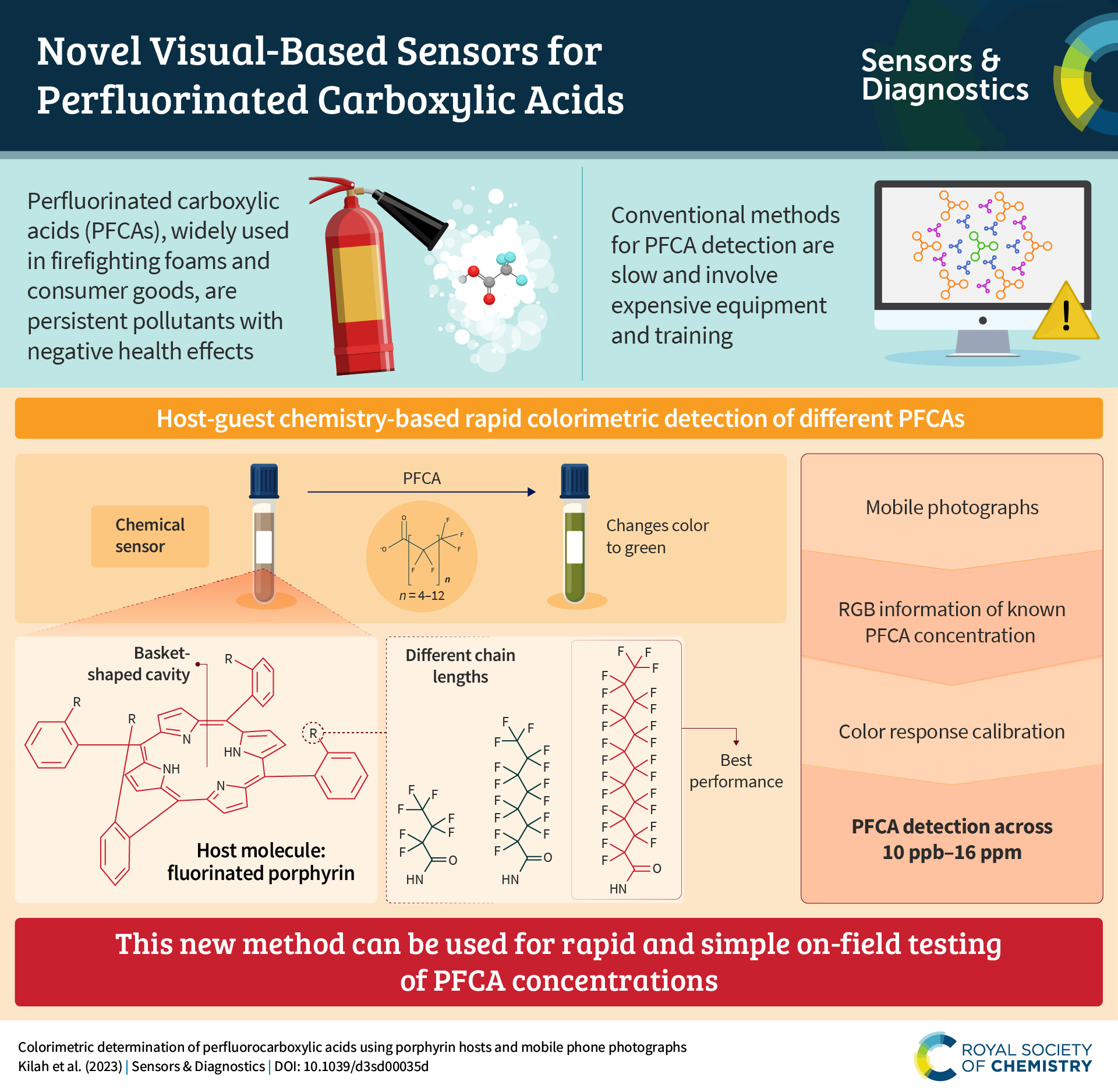
 Sensors and Diagnostics is open for submissions. Find out more on the journal webpage, sign up for email alerts
Sensors and Diagnostics is open for submissions. Find out more on the journal webpage, sign up for email alerts

